QUEST Predictive Valuation Tool
The QUEST Tool calculates the potential (financial) value-add of applying Quality Management Services (QMS) to building projects. It was designed for ease of use by investors and building owners who seek to assess the value-add of QMS to their building projects in the design phase. Users input answers to five questions which are used to calculate the different risk and cost factors of building projects. The first two questions are answered using pull-down menus. The remaining three questions require numeric responses. Example inputs are shown in the figures below. Based on the user inputs, QUEST algorithms will estimate investment costs and value-adds of different services. Try out the Tool here: http://quest-tool.synavision.de/
QUEST Tool Input Values
The figure to the right here shows the five questions that users must answer to obtain estimated value-adds of different Quality Management Services. The questions are meant to be easy for anyone to understand and can be answered by people who are not technical experts in building projects. This simplifies the integration of QMS into building projects by allowing investors and owners to obtain predictions of the potential value-add easily.
Question 1: What is the type of building?
Users select from among different building types, including residential, office, hotel, and retail. If they are unsure of the building type, they may indicate whether the building is of a low, medium, or high level of complexity.
The default value is office building and is used if the user makes no selection. The value-add estimated by the Tool will increase as the building complexity increases.
Question 2: How do you rate your confidence in the experience of the technical teams managing the project?
Users indicate whether they have a low, medium, or high level of confidence in the technical teams managing the project. In pilot testing of the QUEST Tool, we observed how difficult it is for financial stakeholders to evaluate the design and engineering, installation, and operational competence of technical personnel and services. The combination of questions 1 and 2 allows financial stakeholders to create a simple technical risk profile of the project.
The default value is medium confidence and is used if the user makes no selection.
The value-add predicted by the Tool increases as the confidence level decreases.
Question 3: What is the estimated project cost (per m²)?
Users input the budgeted work cost of the building/renovation/refurbishment/technical installation project. This cost includes design and engineering, installation, and handover work. It does not include land cost. Costs are indicated per square meter.
The default value is 1 000 €/m2 and is used if the user makes no selection.
Project inefficiencies such as repeated work, waste, and delays result in the value-add estimated by the Tool increasing as project costs increase.
Question 4: What are the expected operating expenses per m² per year (OPEX/ m²/ year)?
Users input budgeted operating expenses per square meter per year. This should include energy, operation, and maintenance costs.
Expenses are indicated per square meter of floor area of the project. The default value is 20 €/m2 and is used if the user makes no selection.
The value-add predicted by the Tool increases as the operating costs increase.
Question 5: Define the time horizon that the rating should consider for your QM investment.
Users input the number of years used in their return-on-investment calculations for the project. The QUEST algorithms use this value to capitalise annual value-add calculations.
As the Tool evaluates capital investment projects, the minimum period the user may input is 5 years, and the maximum period is 20 years. The default value is 10 years and is used if the user makes no selection. The value-add predicted by the Tool increases as the time increases.


QUEST Tool Output
The output of the QUEST algorithm is presented in the QUEST Tool as a euro-per-square-meter value-add estimation for Quality Management Services. The QUEST Tool performs value-add calculations for each QMS based on the savings generated. The output is adjusted dynamically as the input is modified. As an additional aid, the Tool provides an estimate of the costs of the different Quality Management Services for the project.
The output data are not an offer or a fixed prognosis but rather an indication of cost and value-add that can be expected based on empirical data. The output can be used to budget the QMS costs in the early project stages and to argue for the application of QMS based on the value-adds of different services.

